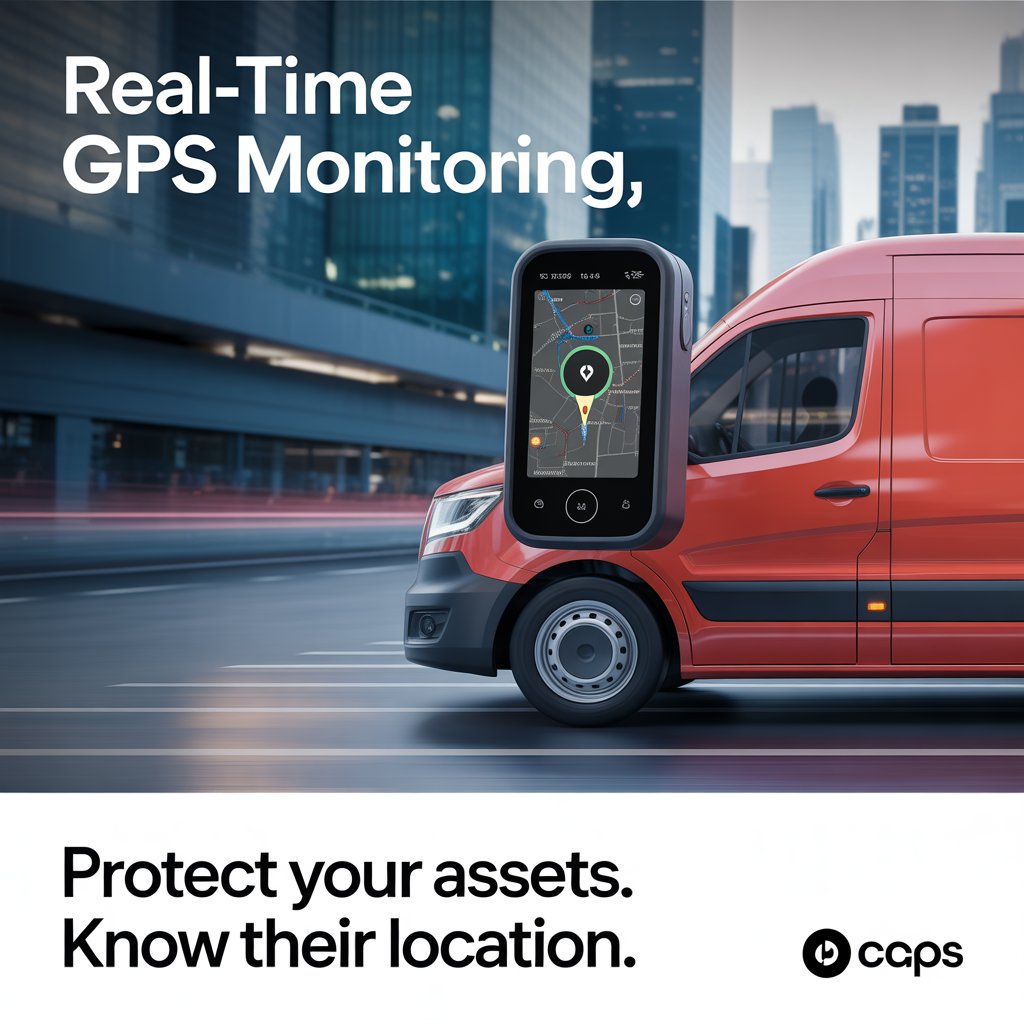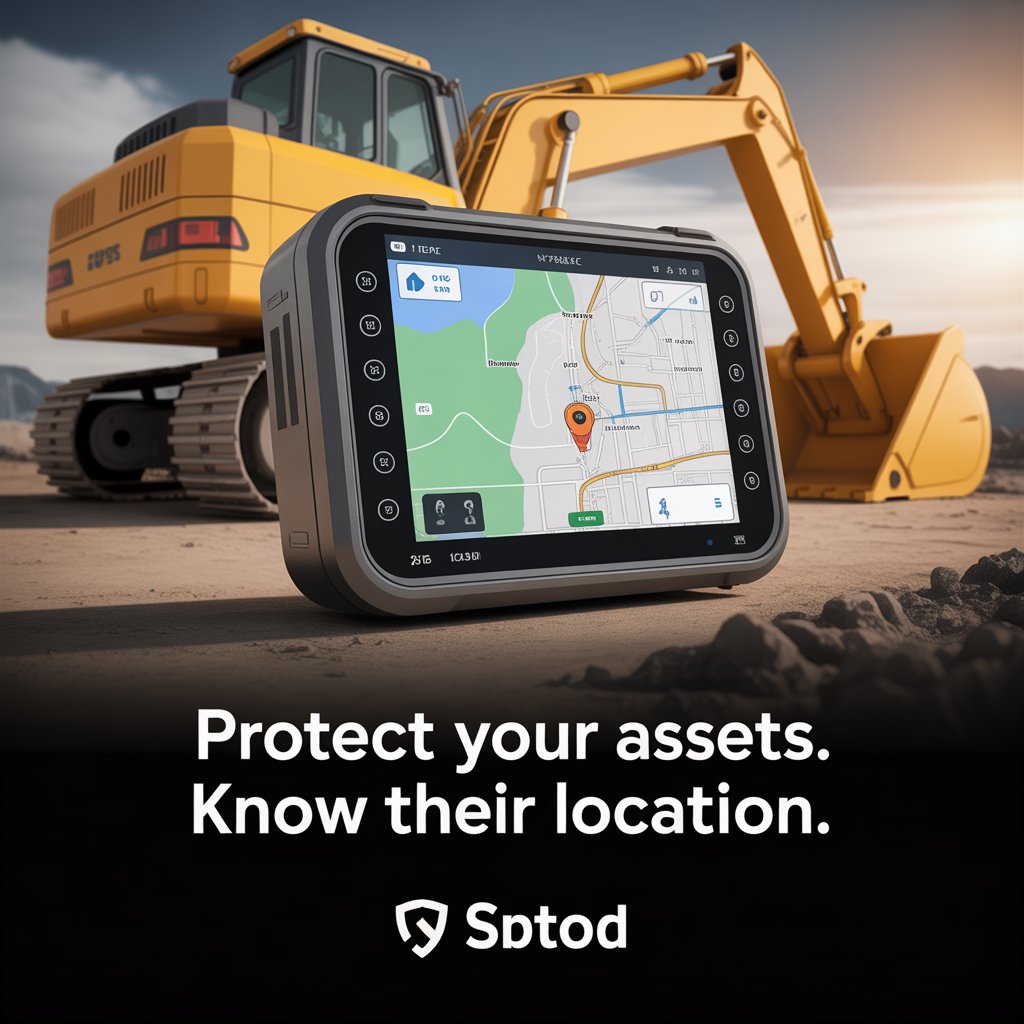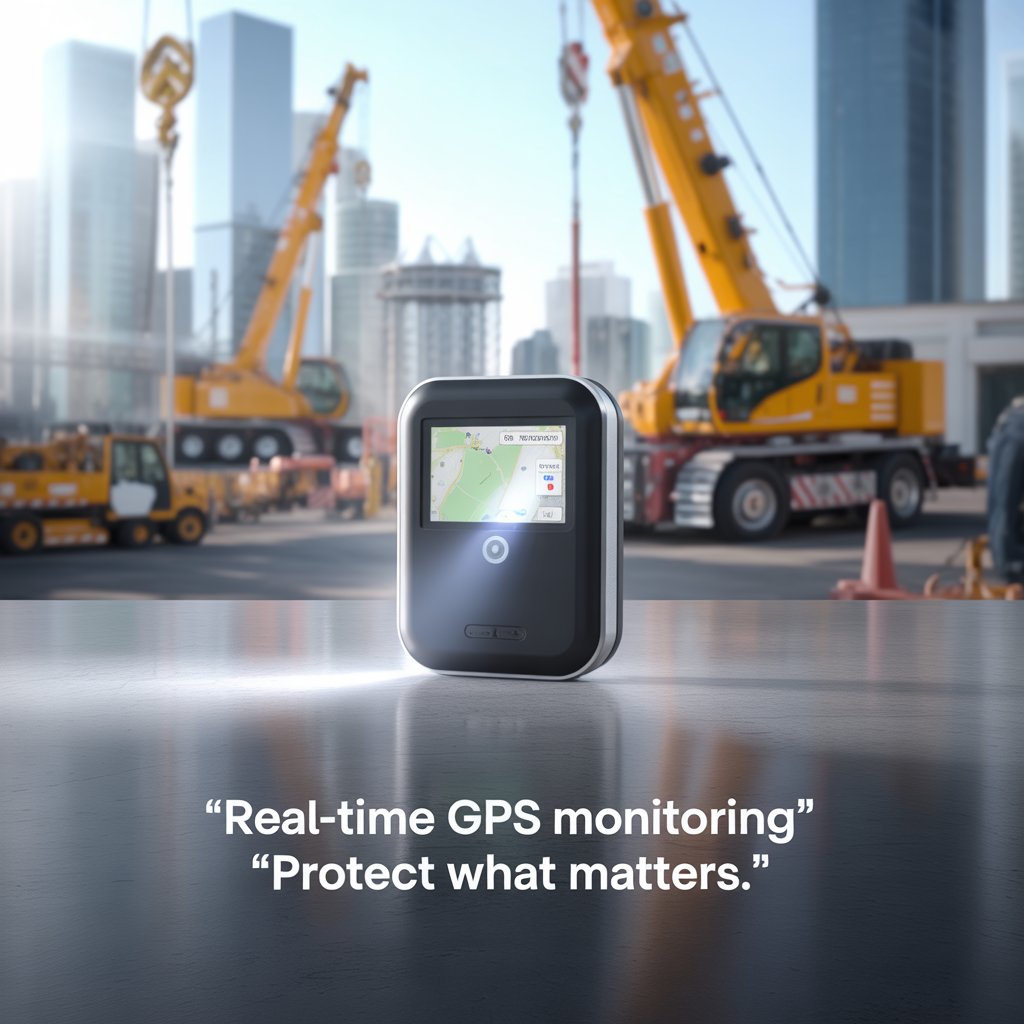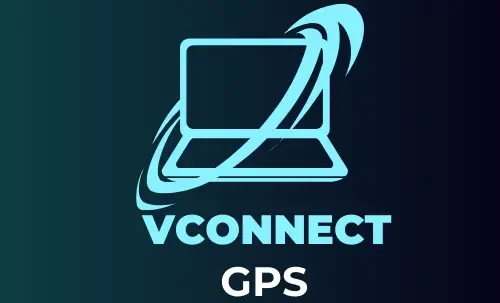Real‑Time GPS Monitoring for Asset Protection 2025

In today’s unpredictable world, protecting high-value assets—from trailer containers and construction equipment to leased vehicles—has become a strategic priority for many businesses. That’s why real‑time GPS monitoring is rapidly replacing traditional asset tracking systems. With instant alerts, precise location feeds, and 24/7 visibility, modern GPS solutions offer robust asset protection and theft prevention.

🧰 How Real‑Time GPS Monitoring Works
A real‑time GPS tracking system typically comprises:
- A compact device installed on the asset (battery‑powered or wired);
- A cellular or LPWA IoT connection that transmits location data;
- A cloud dashboard where you view live position, geofence status, and movement alerts.
Whenever your asset moves, your dashboard and mobile app update instantly—including automatic alerts if it exits a secure geo‑fenced zone. This provides continuous oversight over the asset’s whereabouts—even when offsite.

🚨 Five Key Benefits for Asset Protection
1. Theft Prevention & Rapid Recovery
Real‑time GPS trackers empower you to recover stolen assets quickly. By setting up geofences—pre-defined virtual perimeter zones—you receive instant SMS/email alerts if an asset leaves its designated area. In fact, real-time tracking has been shown to reduce in‑transit theft by approximately 18% globally TechRadar+8WinSavvy+8Fundz+8Wikipedia. In a well-documented case, a construction firm recovered a stolen truck within hours thanks to GPS alerts and law‑enforcement coordination Reddit.
2. Continuous Asset Oversight
Unlike periodic check-ins or manual logs, real-time GPS tracking delivers live updates—every few seconds or minutes—enhancing visibility and peace‑of‑mind.
3. Tamper Detection & Unauthorized Movement Alerts
Advanced asset trackers include motion and tamper sensors. If someone tries to remove the device or move the asset outside of business hours, the system issues an alert before any damage occurs.
4. Cost Savings Through Visibility
Knowing exactly where each asset is at all times prevents unnecessary losses from theft or idle assets. Over time, ROI from avoided loss often outweighs hardware and data costs.
5. Enhanced Compliance & Audit Trails
Many industries require detailed logs of asset movement, especially for leased or rented equipment. Real-time GPS monitoring provides time-stamped, uneditable records that are audit-ready and compliant.

✅ Final Thoughts
With real‑time GPS monitoring integrated into your asset protection strategy, you gain not just peace of mind—but operational visibility, recovery capabilities, and compliance readiness, all while keeping costs in check. If you want a full fleet-based asset & vehicle tracking toolkit, explore our Ultimate Fleet Management Guide—or get a demo of our GPS system designed for secure, scalable, and theft‑resistant asset deployment.
